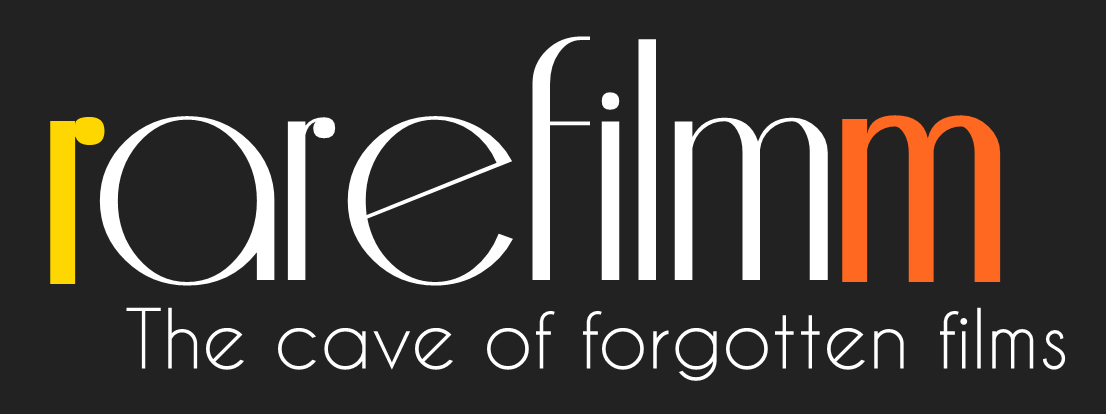Before the word ‘cool’ was part of the American vernacular James Dean defined it. Rebel Without a Cause was the antidote to the clean-cut, cardigan wearing teenager of the ’50s, and became an icon to all those who opposed the establishment. With the help of archival photographs mixed with rare screen and wardrobe tests, this video shows a private side of the Hollywood legend who died far too young. Highlights include home movies and interviews with such famed actors as Julie Harris, Dennis Hopper, Sal Mineo, Rip Torn, Eli Wallach, Rod Steiger, Beverly Long and Joanne Woodward.
Category: Documentary
Filmmaker Joram ten Brink owes his existence to a letter flung from a train bound for the Nazi death camp at Auschwitz over 70 years ago. The letter to his grandparents from their 16 year old son, Leo, who was murdered soon afterwards, was written in Dutch under the eyes of Nazi guards. Yet hidden in the text was a single Yiddish word, “weyiverig”, meaning: “HIDE YOURSELVES!” It was enough to persuade the Jewish ten Brink family to flee and set in motion a rescue to compare with the inspiring story of Anne Frank.
Beatles’ “significance” pushed to the breaking point in this bizarre documentary that juxtaposes their songs (sung by a number of rock stars) with World War II newsreel footage. Helen Reddy sings “Fool On The Hill” while Hitler relaxes at Bertchtesgaden, and Rod Stewart husks “Get Back” while Nazi troops goose step.
The fundamental questions of human life about guilt, repentance, and redemption are addressed in the two-fold documentary essay delving into the grief of the women from Sliven Prison who give birth to their children behind bars. Binka Zhelyaskova anatomizes a deep collective trauma through the unique stories of her heroines. The film wasn’t screened in the theaters until 1989, following a series of changes in the country’s social milieu.
At the age of 12, child activist Craig Kielburger, began his extraordinary fight against child labour. He went to India to find out about the realities of children who are forced to work in the carpet trade. He confronted the Canadian Prime Minister and then he toured the world, speaking out wherever he could. The film explores the complex issue of working children, and looks at “Free The Children” – the movement Craig and his school friends founded. Shot in India, Brazil & the Philippines.
Produced in the 1970s, and at the time dubbed “The greatest wildlife film ever” by the BBC, this dramatic film records the struggle in Kenya’s Tsavo National Park to protect elephants from bow and arrow hunters supplying a rampant international ivory trade…. The film follows Tsavo’s warden, the late David Sheldrick, and his ranger force in their daily fight against armed poachers intent on wiping out Tsavo’s magnificent elephant herds and its dwindling population of Black Rhinos. We also follow the story of the baby elephants, rhino and other animals that have been orphaned due to poaching, and watch them as they are hand-reared and eventually return to the wild.
A portrait of Raymond Francombe, jobbing gardener and composer. Ray is a familiar figure around the centre of Bristol. What will not be known by most of those who pass him every day is that for years he has been composing sacred music – and, until this programme was made, he had never actually heard a note of it performed. In this film Derek Jones gets to know Ray, and attempts to have his music professionally assessed.
In 1974 the film Emmanuelle redefined the adult movie, with the British Board of Film Certification chairman James Ferman describing it as making “sex respectable in cinema”. With an X certificate it made a star of actress Sylvia Kristel and launched one of the most successful film franchises of all time. In the programme film-maker Alex Cox reviews the controversy, the censorship, and the way that Emmanuelle altered what was acceptable for film-makers to show on screen.
